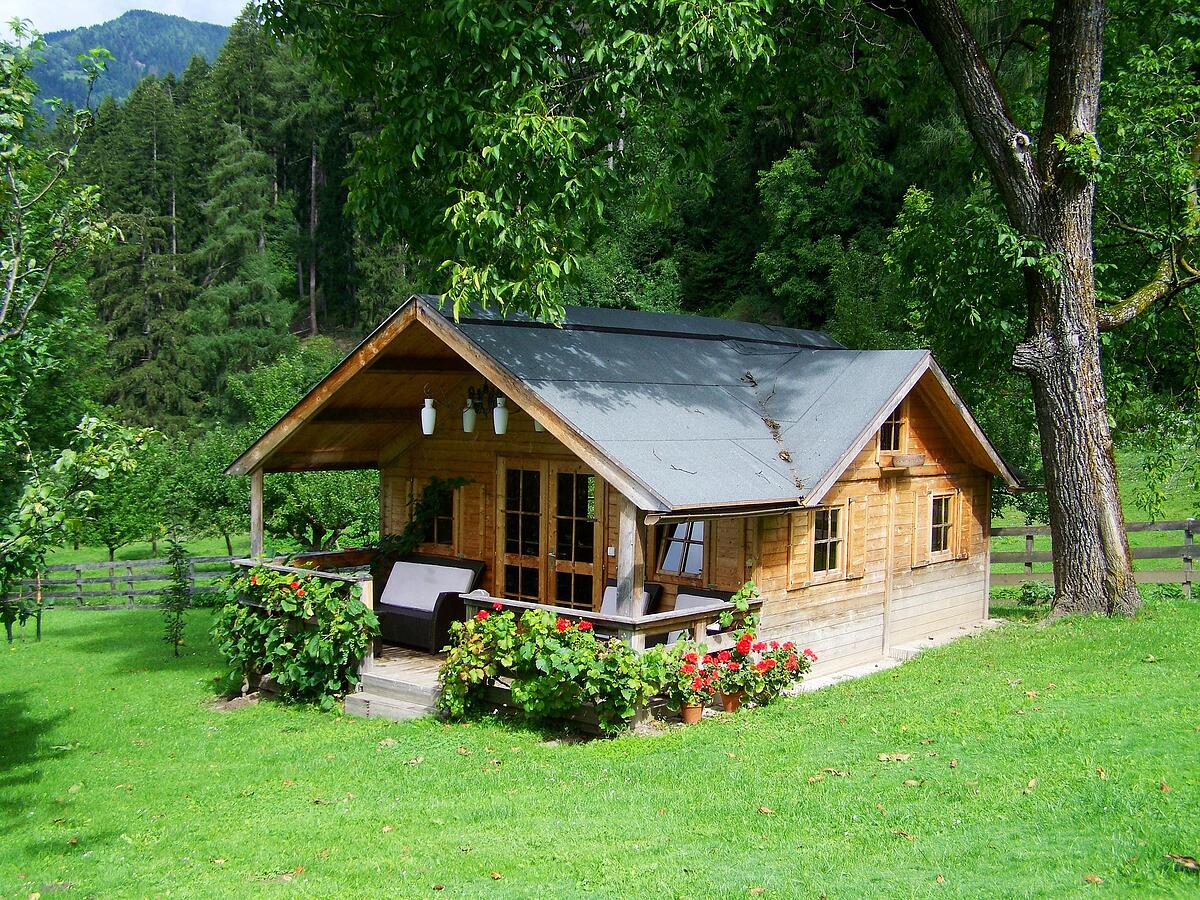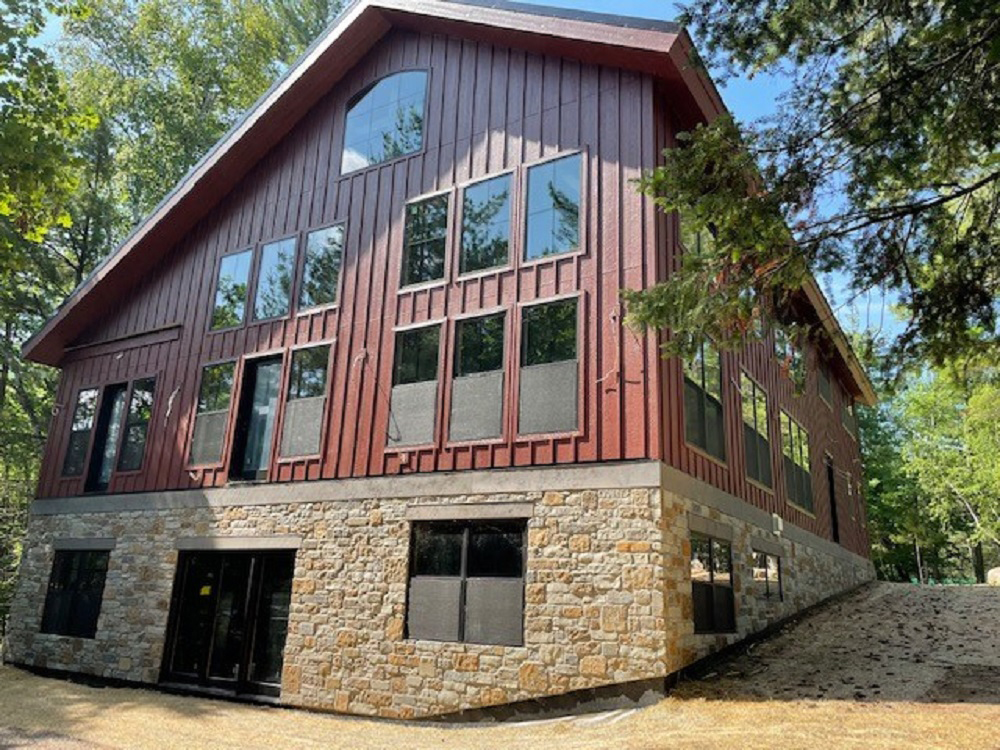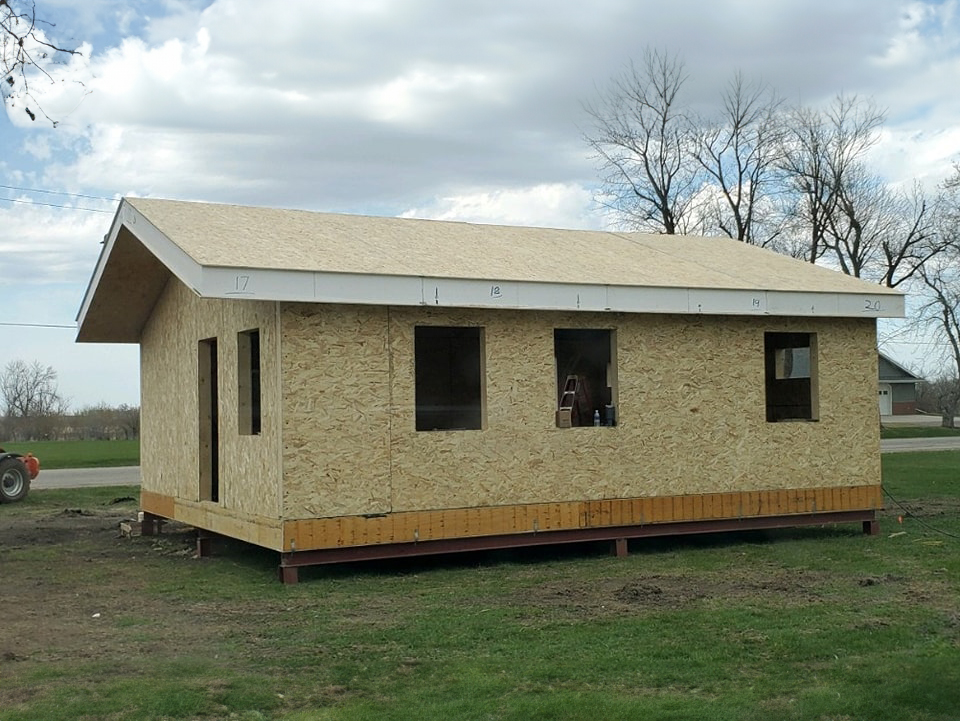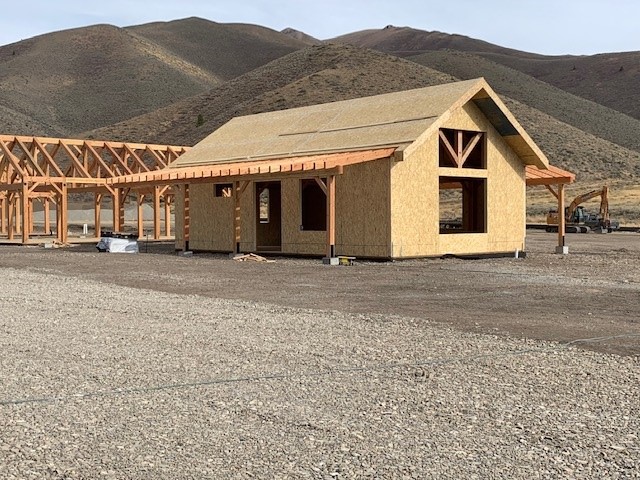Whether you are building a tiny home, barndominium, or your dream mansion, Structural Insulated Panels (SIPs) can revolutionize affordable housing solutions cost-effectively and efficiently.
The Benefits of SIPs in Affordable Housing
SIPs offer numerous benefits in the context of affordable housing. These panels consist of a layer of insulation sandwiched between two layers of structural materials, such as plywood or oriented strand board (OSB). The insulation provides excellent thermal performance, reducing energy consumption and lowering utility bills for residents. Additionally, SIPs offer superior air tightness and insulation compared to traditional building methods, improving indoor air quality and comfort.
SIPs also contribute to the overall durability and longevity of affordable housing structures. The structural integrity of SIPs makes them resistant to common issues like warping, cracking, and moisture damage. This means that affordable housing built with SIPs can withstand the test of time and require fewer repairs and maintenance, resulting in cost savings for residents and housing providers.

Furthermore, SIPs are highly versatile and can be used for various affordable housing projects. They can be easily integrated into different architectural designs and accommodate a range of building styles, from single-family homes to multi-unit housing complexes. This flexibility allows for greater creativity and customization in affordable housing construction, enabling architects and builders to meet communities’ unique needs and preferences.

Sustainable and Eco-Friendly Characteristics of SIPs
In addition to their cost-effectiveness, SIPs offer several sustainable and eco-friendly characteristics that make them an ideal choice for affordable housing projects. The insulation used in SIPs is typically made from environmentally friendly materials, such as expanded polystyrene (EPS) foam or polyisocyanurate foam. These materials have low global warming potential and are free from ozone-depleting substances, reducing the environmental impact of the construction process.
Moreover, SIPs promote energy efficiency and reduce greenhouse gas emissions. Their exceptional thermal performance minimizes heat transfer, reducing heating and cooling demands. This lowers energy consumption and utility costs and contributes to the overall sustainability of affordable housing. By using SIPs, communities can significantly reduce their carbon footprint and positively impact the environment.
Additionally, SIPs are often manufactured using sustainable practices. Many SIP manufacturers prioritize responsible sourcing of raw materials and employ energy-efficient production methods. This commitment to sustainability ensures that the entire lifecycle of SIPs, from manufacturing to disposal, aligns with environmental stewardship.

Design Flexibility and Customization with SIPs
One key advantage of using SIPs in affordable housing is their design flexibility. SIPs can be easily tailored to meet the unique design requirements of affordable housing projects, allowing architects and builders to create visually appealing and functional structures. Whether it’s a contemporary design or a traditional architectural style, SIPs can be adapted to suit various aesthetics.
Furthermore, SIPs enable efficient and streamlined construction processes. Their prefabricated nature allows for faster installation and reduced labor costs. This time and cost efficiency is especially beneficial in affordable housing projects, where budget constraints and limited construction timelines are common.
Moreover, SIPs can accommodate various building systems and components, such as doors, windows, electrical wiring, and plumbing. This versatility makes integrating these elements into the overall design easier, ensuring that affordable housing structures are equipped with essential amenities for residents.
Overall, the design flexibility and customization options provided by SIPs contribute to creating attractive, functional, and cost-effective affordable housing solutions.

Cost-Effectiveness and Energy Efficiency of SIPs
When it comes to affordable housing, cost-effectiveness is a crucial factor. SIPs offer significant cost savings throughout affordable housing projects’ construction and operational phases. The prefabricated nature of SIPs allows for faster construction, reducing labor costs and the overall project timeline. Additionally, the high energy efficiency of SIPs leads to lower utility bills for residents, making housing more affordable in the long run.
SIPs have excellent thermal insulation properties, minimizing heat transfer and reducing the need for excessive heating or cooling. This energy efficiency translates into lower energy consumption and cost savings for residents. Moreover, SIPs’ superior air tightness minimizes drafts and air leakage, ensuring the indoor temperature remains consistent and comfortable throughout the year.
Furthermore, SIPs’ durability and longevity contribute to their cost-effectiveness. They are highly resistant to common issues like warping, cracking, and moisture damage, reducing the need for repairs and maintenance. This results in long-term cost savings for both residents and housing providers.
In summary, SIPs’ cost-effectiveness and energy efficiency make them ideal choices for affordable housing, providing both upfront and long-term financial benefits.
In conclusion, SIPs offer a range of benefits that can revolutionize affordable housing solutions. From their cost-effectiveness and energy efficiency to their design flexibility and customization options, SIPs provide a sustainable and durable alternative to traditional building methods. Through case studies and success stories, it is evident that SIPs have the potential to transform the affordable housing landscape, making it more accessible and comfortable for individuals and communities in need.

